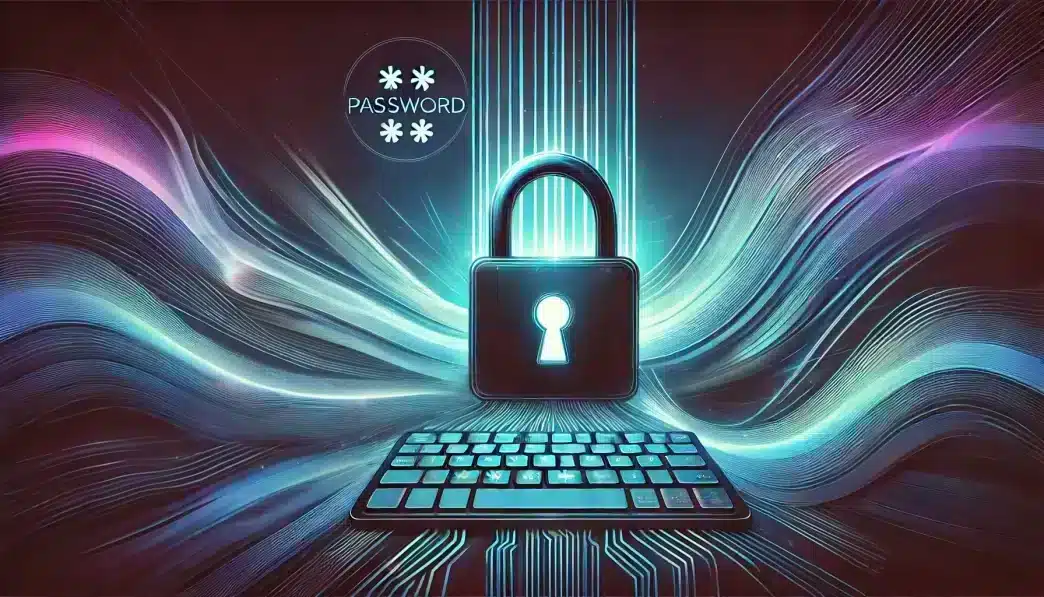What is World Password Day?
World Password Day is observed annually on the first Thursday of May to promote strong password practices and improve global cybersecurity awareness. Established in 2013 by Intel, the day encourages individuals, businesses, and organizations to enhance their digital security by updating passwords, using stronger authentication methods, and learning about safe online habits. With cyber threats becoming more advanced, World Password Day serves as a reminder of the critical role passwords play in protecting personal and corporate data.
History and origin
The idea for World Password Day was inspired by security researcher Mark Burnett, who suggested in his 2005 book Perfect Passwords that people should have a dedicated day to update their passwords. Intel adopted this concept and officially launched World Password Day in 2013 as a global initiative to raise awareness about the importance of secure passwords. Over the years, the observance has gained widespread support, with cybersecurity organizations, tech companies, and government agencies using the day to promote best practices in digital security.
Who participates in World Password Day?
- Individuals: People take time to review and strengthen their passwords to enhance online security.
- Businesses and organizations: Companies use this day to educate employees about password security and implement stronger authentication measures.
- Cybersecurity professionals: Experts share insights and resources to help the public adopt better password habits.
- Government agencies: Public institutions launch awareness campaigns and provide security guidelines.
- Tech companies: Firms specializing in digital security promote password managers, multi-factor authentication, and encryption.
Slogans and themes
World Password Day highlights the need for better password management, strong authentication, and cybersecurity education. Campaigns focus on preventing data breaches, securing personal and corporate accounts, and transitioning to safer authentication methods. Popular slogans include “Secure Your Digital Life,” “Lock Down Your Login,” and “Stay Safe Online.” The event also encourages people to move beyond traditional passwords by using biometric authentication, passkeys, and password managers to create a safer digital world.
Colors, symbols, and patterns
Colors
- Blue and white: Represent security, trust, and the digital world.
- Black: Symbolizes encryption, data protection, and cybersecurity defense.
- Green: Reflects safety, responsibility, and proactive cybersecurity habits.
Symbols
- Padlock icon: Represents password protection and account security.
- Key icon: Symbolizes access control and the importance of safeguarding login credentials.
- Fingerprint scan: Highlights modern authentication methods such as biometrics.
Patterns
- Binary code: Represents encryption and the role of passwords in digital security.
- Shield designs: Symbolize defense against cyber threats and hacking attempts.
- Abstract wave patterns: Reflect the complexity and evolving nature of online security.
How to observe World Password Day
- Update your passwords: Replace weak or reused passwords with stronger, unique ones that include letters, numbers, and symbols.
- Enable multi-factor authentication (MFA): Add an extra layer of security by requiring a second step, such as a text message code or biometric verification.
- Educate yourself and others: Share password security tips with family, friends, and colleagues to help them improve their online safety.
- Use a password manager: Securely store and generate strong passwords to prevent password reuse and weak credentials.
- Check for data breaches: Use online tools like “Have I Been Pwned” to see if your credentials have been compromised in a breach.
Most used hashtags
- #WorldPasswordDay
- #CyberSecurity
- #ProtectYourPassword
- #PasswordSecurity
- #StaySafeOnline
Why is World Password Day important?
World Password Day serves as a crucial reminder of the role passwords play in digital security. Weak passwords are one of the leading causes of cyberattacks, data breaches, and identity theft. By promoting better password habits, encouraging multi-factor authentication, and highlighting secure alternatives, this observance helps individuals and businesses safeguard their online accounts and personal data. As cyber threats continue to evolve, continuous education and awareness remain essential for staying ahead of hackers and maintaining strong digital security
Features
- Technology and Science
